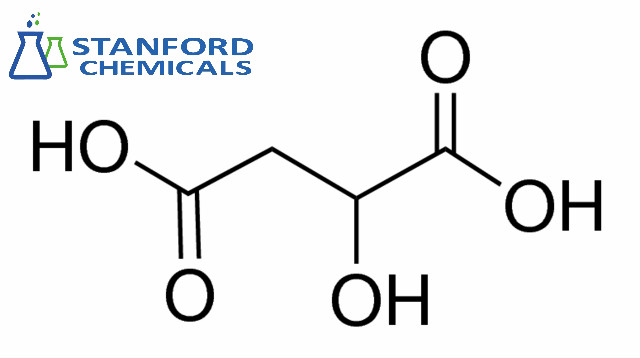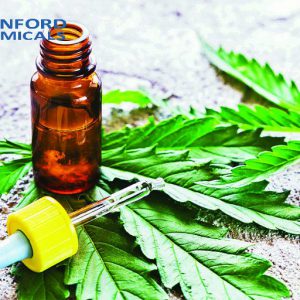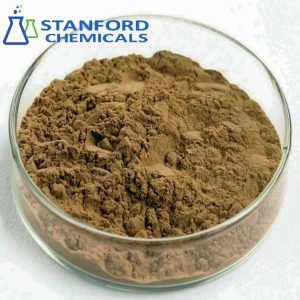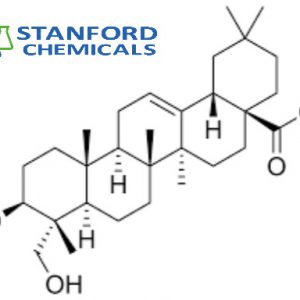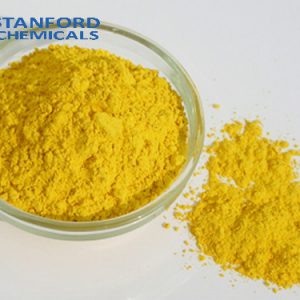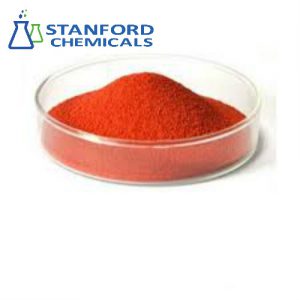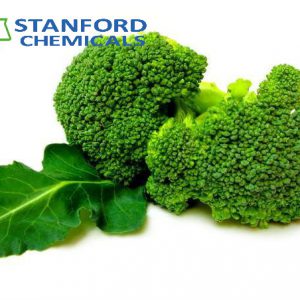- Home
- Herbal Extract
- 050-000-340 DL-Malic Acid, CAS 617-48-1
050-000-340 DL-Malic Acid, CAS 617-48-1
| Synonyms | (±)-2-Hydroxysuccinic acid, DL-Hydroxybutanedioic acid |
| Keywords | Skin metabolism, remove dead skins |
| Related products | Capryloyl Salicylic Acid, Nicotinamide Riboside, β-Nicotinamide mononucleotide, Vitamin C, Grape Seed Extract |
- Description
Description
Description
DL-Malic Acid Specifications
| Product Name | DL-Malic Acid |
| CAS Registry Number | 617-48-1 |
| Molecular Formula | C4H6O5 |
| Molecular Weight | 134.08 g/mol |
| Purity | 99% |
| Appearance | White powder |
| Package | 1kg-25kg |
| Shelf life | 2 years |
| Functions | Gently removes dead skin cells and strengthens skin metabolism. |
DL-Malic Acid Description
Malic acid is a chemical found in certain fruits and wines. In manufacturing, malic acid is used to adjust the acidity of cosmetics. It can tighten pores and shrink water. It can regulate skin oil secretion and strengthen pores.
Malic acid is sour and acidic. This helps to clear away dead skin cells when applied to the skin. Its sourness also helps to make more saliva in people with dry mouth. Malic acid is also involved in the Krebs cycle. This is a process the body uses to make energy.
People commonly use malic acid for dry mouth. It is also used for acne, fibromyalgia, fatigue, wrinkled skin, and many other conditions, but there is no good scientific evidence to support these uses.
DL-Malic Acid Applications
- Used in personal care products to regulate skin oil secretion.
- DL-Malic acid is mainly used as an acidulant in the food industry.
Reference:
- Duarte, A.M.; Caixeirinho, D.; Marreiros, A. (2012). “Organic Acids Concentration in Citrus Juice from Conventional Versus Organic Farming”. Acta Horticulturae (933): 601–606.
- The Origin of the Names Malic, Maleic, and Malonic Acid Jensen, William B. J. Chem. Educ. 2007, 84, 924.

